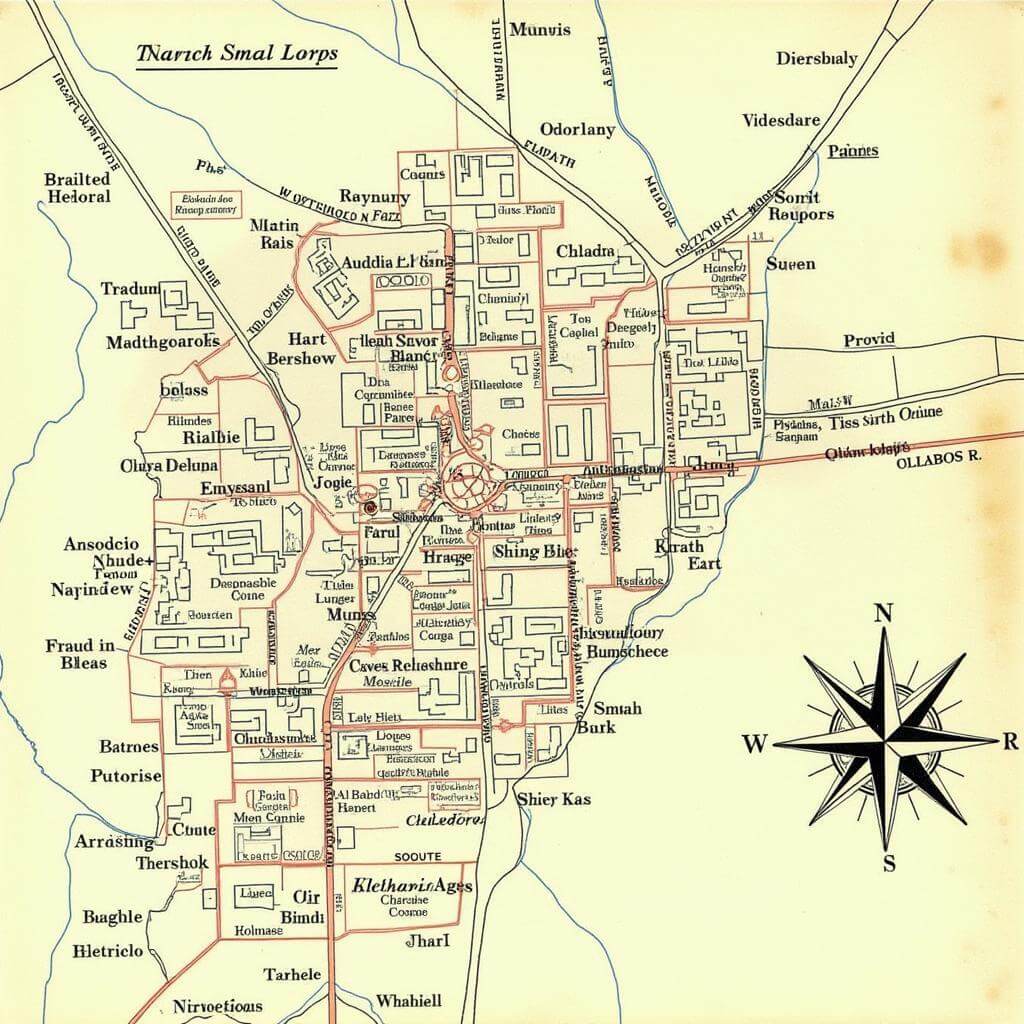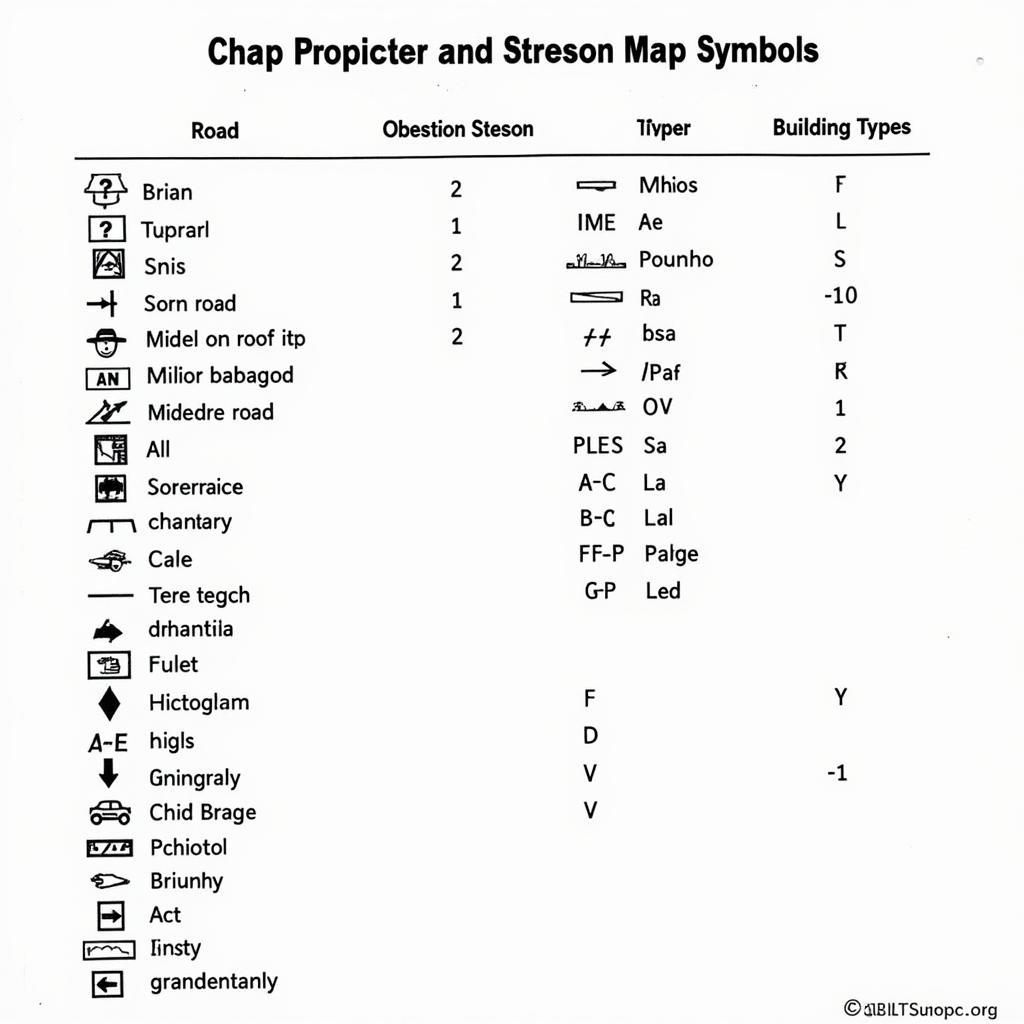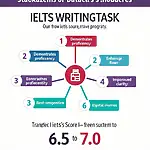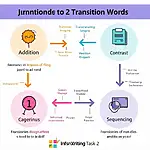Are you struggling with map labeling questions in the IELTS Listening test? You’re not alone. Many test-takers find this question type challenging, but with the right approach, you can tackle it confidently. As an experienced IELTS instructor, I’ll share proven strategies to help you excel in map labeling tasks and boost your overall Listening score.
Understanding Map Labeling Questions
Map labeling questions typically appear in Section 2 or 4 of the IELTS Listening test. They require you to identify specific locations or features on a map based on the audio information provided. These questions test your ability to follow directions, understand spatial relationships, and accurately transcribe place names or descriptors.
improving concentration during long recordings
Key Challenges
- Visual interpretation
- Directional language
- Spelling of place names
- Time pressure
Effective Strategies for Map Labeling Success
1. Preview the Map Thoroughly
Before the audio begins, take a moment to:
- Identify the map’s orientation (north, south, east, west)
- Locate key landmarks or reference points
- Familiarize yourself with the overall layout
This preparation will help you quickly locate the areas mentioned in the audio.
2. Listen for Directional Language
Pay close attention to words and phrases indicating direction or location, such as:
- “to the north of”
- “adjacent to”
- “between X and Y”
- “opposite”
- “in the center”
These clues will guide you to the correct areas on the map.
3. Focus on Specific Details
Listen carefully for:
- Street names
- Building names
- Geographical features (rivers, parks, etc.)
- Numerical information (e.g., house numbers)
These details are often the answers you’ll need to label on the map.
 IELTS Listening Map Labeling Example
IELTS Listening Map Labeling Example
4. Use the Question Numbers as Guides
The question numbers on the map often follow the order of information in the audio. Use this to your advantage:
- Start with question 1 and move sequentially
- If you miss an answer, move on to the next question
- Return to missed questions if time allows at the end
5. Practice Active Listening
Develop your active listening skills to improve your overall performance:
- Anticipate the type of information you’ll need
- Visualize the map in your mind as you listen
- Stay focused, even if you miss some information
6. Improve Your Spelling
Correct spelling is crucial in map labeling questions. To enhance your spelling skills:
- Study common place name spellings
- Practice writing out directions and locations
- Pay attention to British and American spelling differences
“One of the most common mistakes I see in map labeling questions is incorrect spelling. Even if you identify the right location, a spelling error can cost you the point,” says Dr. Emma Thompson, IELTS examiner and language coach.
7. Manage Your Time Effectively
Time management is critical in the Listening test. For map labeling:
- Don’t spend too long on any single question
- If unsure, make an educated guess and move on
- Use any remaining time to review and double-check your answers
strategies for dealing with fast speakers in IELTS listening
Advanced Techniques for Map Labeling Mastery
1. Develop a Mental Mapping System
Train your brain to quickly create mental maps:
- Practice visualizing directions in your daily life
- Study various map types to familiarize yourself with different layouts
- Use memory techniques to recall spatial information more effectively
2. Enhance Your Prediction Skills
Before the audio begins, try to predict:
- Likely locations for specific features (e.g., where a park or school might be)
- Possible directions that might be given
- Types of place names you might encounter
This preparation will help you process the information more quickly when you hear it.
3. Master Abbreviations and Symbols
Familiarize yourself with common map abbreviations and symbols:
- St. for Street
- Rd. for Road
- Ave. for Avenue
- N, S, E, W for cardinal directions
Being able to quickly interpret these can save valuable time during the test.
 IELTS Map Labeling Abbreviations and Symbols
IELTS Map Labeling Abbreviations and Symbols
4. Practice with Various Accents
IELTS Listening tests feature speakers with different English accents. To prepare:
- Listen to podcasts or news broadcasts from various English-speaking countries
- Practice transcribing place names and directions in different accents
- Pay attention to pronunciation differences that might affect spelling
5. Develop a Strategic Approach to Note-Taking
Efficient note-taking can be a game-changer in map labeling questions:
- Use shorthand or symbols for common words (e.g., → for “leads to”)
- Jot down key directional information quickly
- Focus on writing only the essential details you’ll need for labeling
improving listening focus skills
“The key to success in map labeling questions is a combination of active listening and strategic note-taking. Don’t try to write everything down – focus on the crucial details that will help you accurately label the map,” advises Professor James Carter, IELTS preparation expert.
Common Pitfalls to Avoid
- Overthinking: Don’t second-guess yourself too much. Trust your initial instincts.
- Neglecting orientation: Always be aware of the map’s orientation to avoid confusion.
- Ignoring context: Use the context of the entire passage to help you understand the map better.
- Rushing: Pace yourself. It’s better to be accurate with fewer answers than to rush and make mistakes.
handling confusing question types
Conclusion
Mastering map labeling questions in IELTS Listening requires practice, strategy, and attention to detail. By applying these expert tips and techniques, you’ll be well-equipped to tackle this challenging question type with confidence. Remember, the key is to combine thorough preparation with active listening and efficient time management during the test. Keep practicing, stay focused, and watch your IELTS Listening scores improve!
Frequently Asked Questions
1. How many map labeling questions can I expect in the IELTS Listening test?
Typically, you’ll encounter 5-7 map labeling questions in one section of the test, usually Section 2 or 4.
2. Can I write my answers in all capital letters for map labeling questions?
Yes, you can use all capital letters. The important thing is to ensure your answers are legible and spelled correctly.
3. What if I can’t spell a place name correctly in a map labeling question?
Try your best to spell it as you hear it. If you’re unsure, it’s better to attempt an answer than to leave it blank.
4. Are map labeling questions always about outdoor locations?
No, while outdoor maps are common, you might also encounter indoor floor plans or building layouts.
5. How can I improve my speed in answering map labeling questions?
Regular practice with timed exercises and developing efficient note-taking techniques are key to improving your speed.
6. What should I do if I get lost or confused during a map labeling task?
Stay calm, refocus on the audio, and try to pick up from where you are. Use the question numbers as guides to reorient yourself.
7. Are there any specific vocabulary words I should learn for map labeling questions?
Familiarize yourself with directional terms, common place name elements (like “bridge,” “park,” “station”), and basic geographical vocabulary to prepare effectively.


